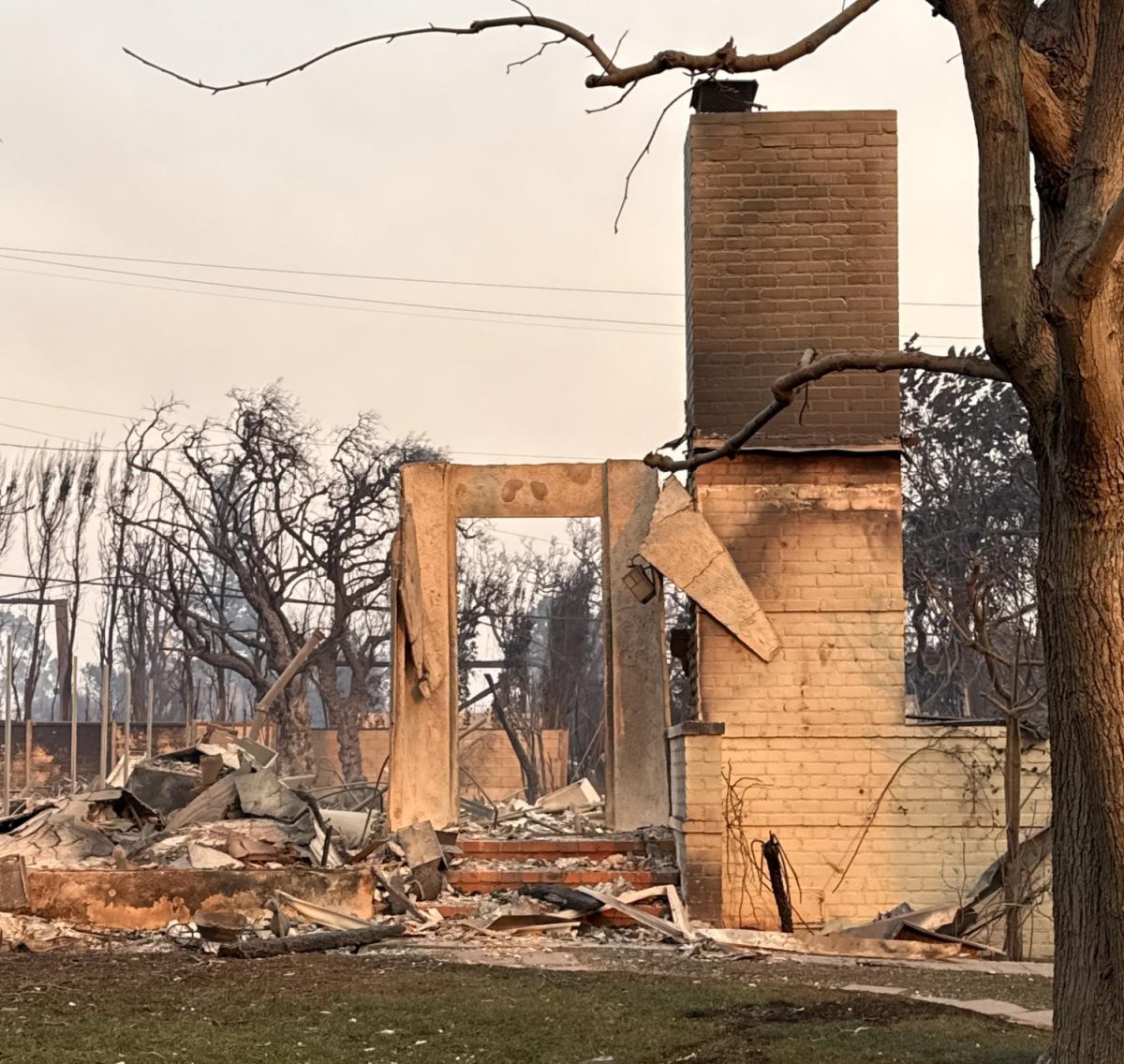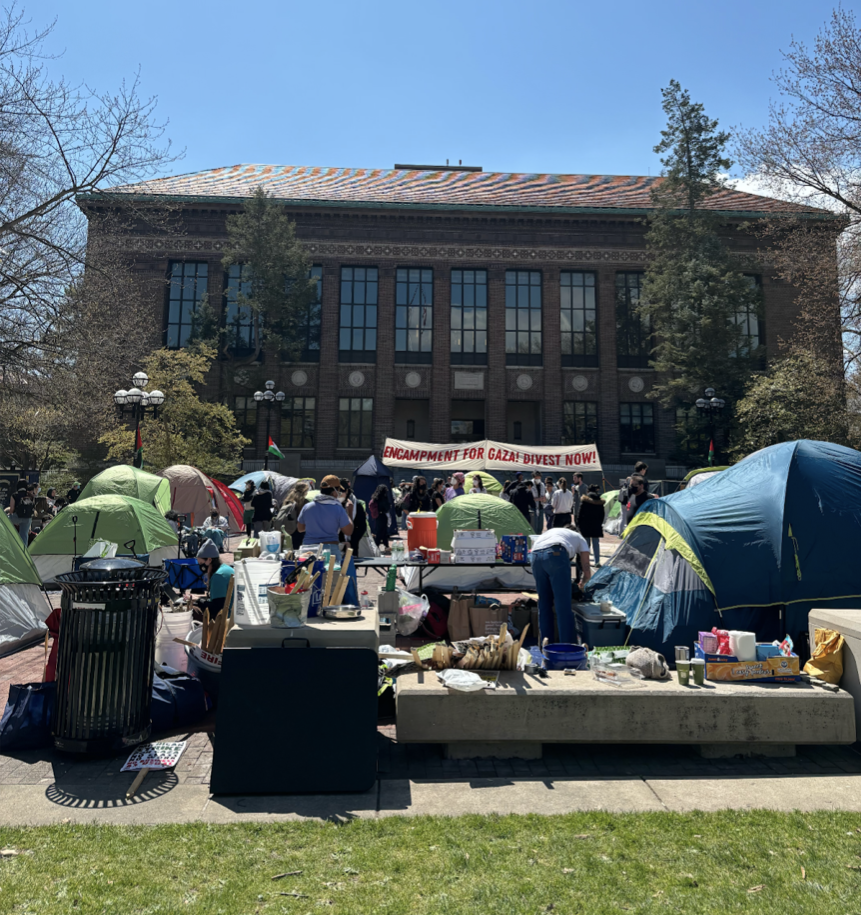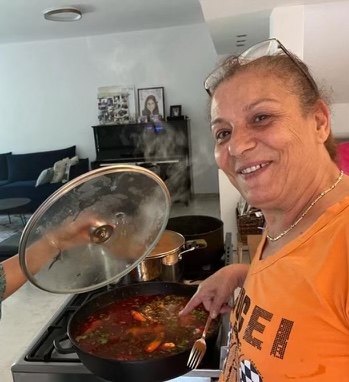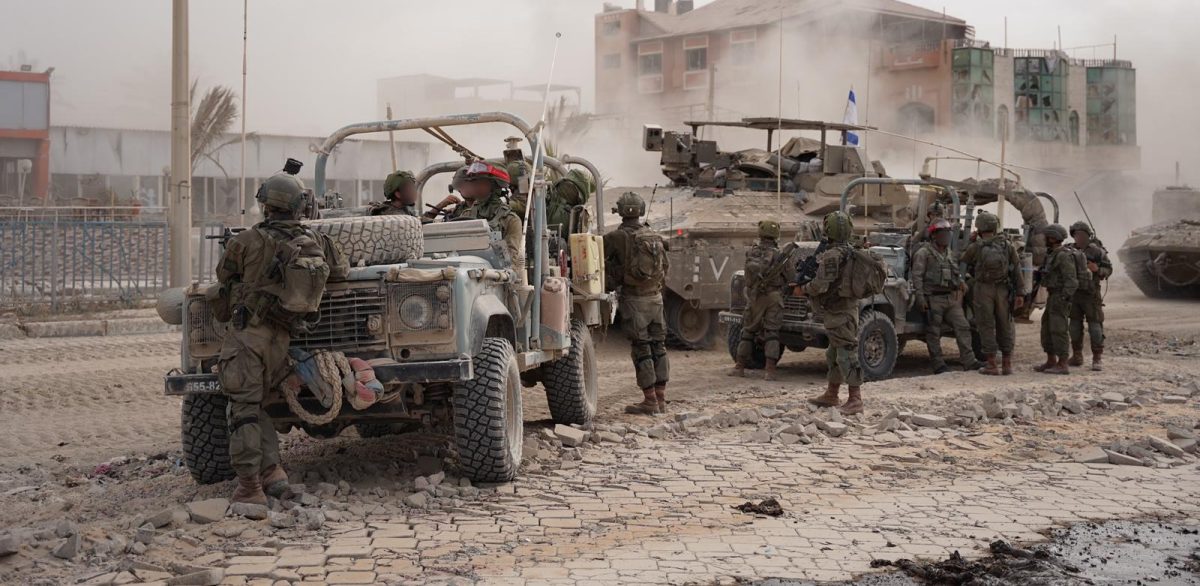It was during a game of floor hockey in P.E. when the gym floor in Tokyo’s American School in Japan began shifting sideways. At first, 16-year-old Hannah Rosenfeld thought that it was just a minor earthquake and her classmates pretended they were “surfing” on the floor, but then their teacher yelled at them to go outside.
Hannah, a Jewish Japanese-American, was born in New York and moved to Japan with her family when she was three because of her father’s work. Their planned stay of three years stretched into 13, and they will stay at least until Hannah graduates from high school.
As part of the 230-member Jewish Community of Japan (JCJ), Hannah guesses she grew up like any average Jewish kid in the U.S. Her family celebrates the major holidays, she has gone to Sunday school every week since Kindergarten, and she had a Bat Mitzvah.
Although fewer people showed up, Hannah said that Shabbat services at the JCJ weren’t disrupted the weekend of the earthquake. But when school resumed a few weeks later, only 54 percent of the student body returned. If there were to be a nuclear meltdown, she added, her parents would probably immediately move back to the United States.
‘To shake off our anxiety, we just talked to our friends…’
It was like any other day, and we were nearing the end of school when at 2:46 p.m. we felt the massive quake. At that time, most people did not understand what was going on as we were rushed outside. As students and teachers stood outside, we were able to see the school building swaying from side to side, and we literally felt the ground below us shake – it was the biggest quake any of us had basically ever felt.
All students were rushed to our main field, which is where we had gone on every earthquake drill, however this was the first time in our school’s history that we were having an actual situation where we had to evacuate the school building. As small earthquakes are common here in Japan, our school had always made sure that every single student would know what to do in case of an emergency situation, so because things were well organized all the students and teachers waited on the field for at least an hour until we were given further instructions. We had completely lost wifi, and because our school is about a 45 minute bus ride from downtown Tokyo, many of us were trying to get in contact with our parents, worried that something may have happened to them or to our homes – but because the telephone lines and connections were down, most people were unable to reach their families.
In the end, everyone was boarded onto the school bus and what should usually take up to an hour to get home turned into a grueling 9-hour bus ride back, as streets were packed with cars as most highway systems were shut down. As we looked outside our bus windows, we saw people walking home from work because the train had stopped working (a majority of all Japanese people take the train to and from work) and later I heard that there were many cases where people had to walk over 10 kilometers back home.
But it was almost like a movie – people were crowding inside electronic stores to watch the news on television, or lining up at public telephone booths to call their family members. Yet what made everyone feel so much safer was the fact that no one was panicking, and all the Japanese people were calm. The next few days were tense as electricity had to be shut down in certain areas in Tokyo to preserve energy for the affected areas, and people were rushing (but politely lining up) into stores to get food in case another earthquake would hit.”







